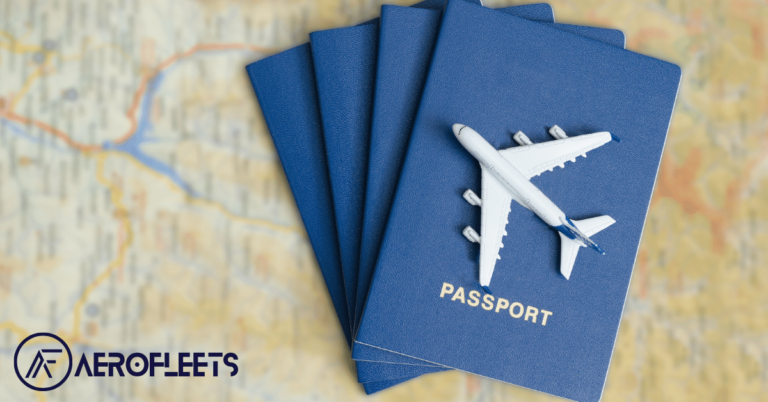Introduction
Turbulence is an unavoidable part of flight, but that doesn’t mean pilots can’t do their best to predict it. That’s why pilots have keen eyes and a keen understanding of the environment to be able to predict it before it happens. In this article, we will uncover the secrets pilots use to predict turbulence, what they look for when stormy weather is brewing, and their top tips for avoiding turbulence. Read on to learn more!
Unveiling Turbulence: Pilots’ Keys to Prediction
Pilots rely on their knowledge and experience to recognize signs that turbulence may be coming. They look at the weather, the surrounding environment, and their instruments. They are also very familiar with the experience of turbulence, so they can predict when it might arise. Pilots also use their own intuition and will often take a detour if they sense turbulence may be coming.
Pilots also look for warning signs. They pay attention to the wind, clouds, and temperature to determine if turbulence is likely. They also look for areas of strong air currents, such as mountain ranges, and will often avoid flying through them if possible. Finally, pilots keep an eye out for changes in cabin pressure and altitude, as these can be indications of turbulence ahead.
Flying Through Stormy Weather: What Pilots Look For
Pilots tend to be very aware of atmospheric conditions when flying, especially if there is bad weather. They look for areas of high and low pressure and for changes in wind speed and direction. Pilots also take into account the temperature of the air, as well as the type of terrain they are flying over.
They look for signs that thunderstorms and other weather systems might be forming, such as rain and lightning. Pilots also pay attention to the sky, looking for signs of cirrus clouds, which indicate the presence of strong winds aloft. They also look for areas of strong air currents, such as mountain ranges, which can produce turbulence.
Avoiding the Bumps: Pilots’ Tips for Turbulence Avoidance
Pilots are experts at avoiding turbulence. They know that turbulence is typically caused by a combination of weather and terrain, so they plan their flight paths to avoid areas of high wind, heavy rain, and stormy weather if possible. Pilots also try to avoid flying over mountain ranges, as the air currents can cause turbulence.
Pilots also pay attention to their instruments. They look for changes in cabin pressure and altitude, which can be indications of turbulence. Pilots also use their knowledge of the atmosphere and the terrain to anticipate areas of turbulence. Finally, pilots will detour if they sense turbulence may be coming.
Conclusion
Pilots have a wealth of knowledge and experience when it comes to predicting and avoiding turbulence. They look for signs of changing weather and terrain, pay attention to their instruments, and use their intuition to detect areas of turbulence. By following these tips, pilots can help make sure their passengers have a smooth, comfortable flight.





0 Comments